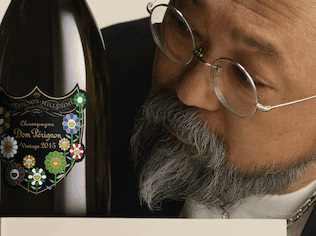The List of Intangible Heritage in Need of Urgent Safeguarding which came into being in Abu Dhabi, includes 12 elements proposed by States Parties to the Convention and whose viability is endangered, despite the efforts of the community or group concerned. By inscribing an element on this List, the State undertakes to implement specific safeguards and may be eligible to receive financial assistance from a Fund set up for this purpose.
The Representative List already included 90 elements, following the incorporation of the 90 masterpieces proclaimed before the Convention entered into force. It is now augmented by 76 first elements inscribed according to criteria defined in the operational directives of the Convention. These elements must help enhance the visibility of the intangible cultural heritage and raise awareness regarding its importance; they must benefit from measures to promote their continued practice and transmission, and must have been nominated by States with the active and widest possible participation of the communities concerned, and with their free, prior and informed consent.
The Committee also selected 3 safeguarding programmes, projects and activities that it considers best reflect the principles and objectives of the Convention. The Committee hopes to use this register of good practices to raise public awareness of the importance of intangible heritage and the need to safeguard it.
Indonesia Batik
Inscribed on Oct 2nd, 2009 on the Representative List of the Intangible Cultural Heritage of Humanity
The techniques, symbolism and culture surrounding hand-dyed cotton and silk garments known as Indonesian Batik permeate the lives of Indonesians from beginning to end: infants are carried in batik slings decorated with symbols designed to bring the child luck, and the dead are shrouded in funerary batik.
Clothes with everyday designs are worn regularly in business and academic settings, while special varieties are incorporated into celebrations of marriage and pregnancy and into puppet theatre and other art forms. The garments even play the central role in certain rituals, such as the ceremonial casting of royal batik into a volcano. Batik is dyed by proud craftspeople who draw designs on fabric using dots and lines of hot wax, which resists vegetable and other dyes and therefore allows the artisan to colour selectively by soaking the cloth in one colour, removing the wax with boiling water and repeating if multiple colours are desired.
The wide diversity of patterns reflects a variety of influences, ranging from Arabic calligraphy, European bouquets and Chinese phoenixes to Japanese cherry blossoms and Indian or Persian peacocks. Often handed down within families for generations, the craft of batik is intertwined with the cultural identity of the Indonesian people and, through the symbolic meanings of its colours and designs, expresses their creativity and spirituality.
Source: UNESCO















